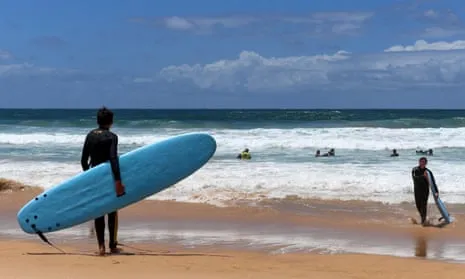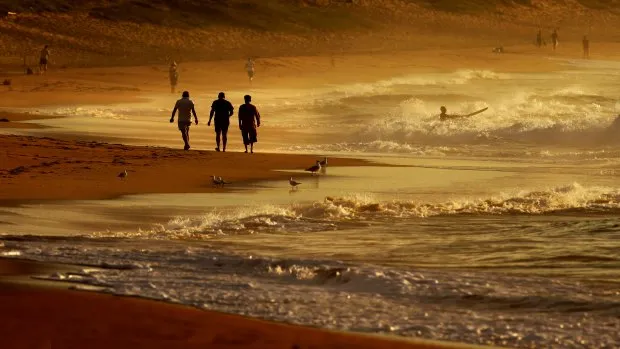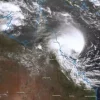Australia’s south-east coast could be hit with a marine heatwave of unprecedented proportions, threatening significant losses in the fishing and aquaculture industries. The Bureau of Meteorology has forecast that a patch of the Tasman Sea off Tasmania and Victoria will be at least 2.5 degrees Celsius above average from September to February, with the possibility of even hotter temperatures.
Oceanographer Grant Smith said that the bureau’s colour-coded scale, which maps forecast sea surface temperature anomalies, stops at 2.5C, making it unclear how high the temperatures could actually rise. “We didn’t account for anomalies that high when we developed this scale… it could be 3C, it could be 3.5C, but we can’t see how high it goes,” he said.
South-eastern Australia is a known climate change hotspot, with its waters warming four times faster than the global average. The east Australian current brings warm water south, and then the rising atmospheric temperature cooks it further, said CSIRO research director Alistair Hobday.
In 2016, the region suffered its longest ever marine heatwave, which lasted for about 250 days, causing profound effects on marine life. Abalone fishers reported a rise in catch mortality, Tasmania’s salmon farming industry lost stock due to the warm water, and tropical fish moved in, leading to an outbreak of Pacific oyster mortality syndrome.
If the forecast heatwave crashes into the coast, Hobday said there could be similar impacts this summer. “Then we would expect to see impacts on aquaculture, we’d expect to see new species showing up in southern south-east Australia, we’d expect to see impacts on remaining kelp forest in the region,” he said.

Salmon farmers may opt to harvest early, boost oxygen levels in the water, or change their feed mix to mitigate the effects of the heatwave. Hobday is also publishing a paper in September advising researchers, industry, and others on how to prepare for the hotter, drier weather expected with the likely onset of El Niño conditions after three relatively wet, cool years in Australia.
CSIRO researcher Rich Little is part-way through a project to determine how marine life has changed in south-eastern waters over recent decades. His team spent July aboard a research vessel, travelling up Tasmania’s east coast to near Eden, on the New South Wales south coast, and back again. The journey mimicked a marine survey done over a similar area in the mid-1990s.
While it’s too soon to draw conclusions, Little said there is solid anecdotal evidence that the mix of marine life has changed. “Anecdotally… we caught a lot, lot more mackerel than we know they caught in the 1990s. Tonnes of mackerel,” he said. “At the same time, we saw a lot of things that feed on mackerel – more fur seals that were feeding on them.”
Little said scientists are examining the extent to which observed changes in the ecosystem are due to the climate crisis caused mostly by burning fossil fuels and other local factors. “We really can’t make a definitive conclusion at this stage, but I think it’s most likely to be a combination of both,” he said.

